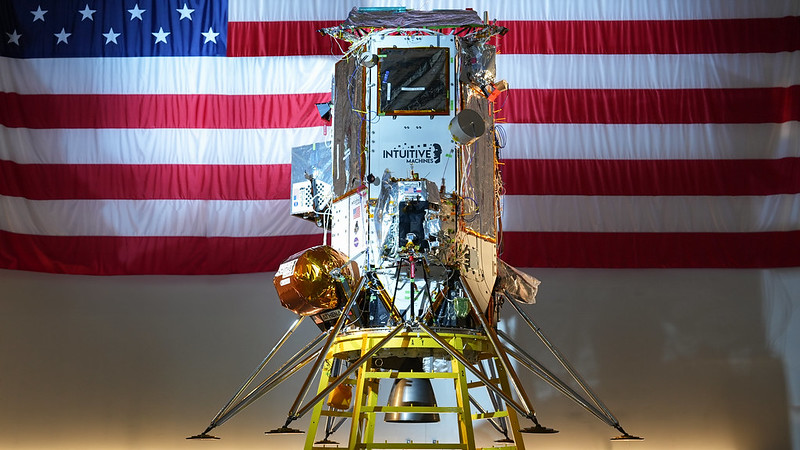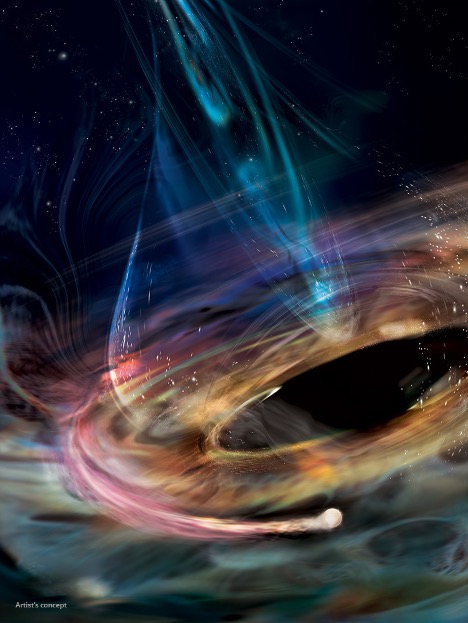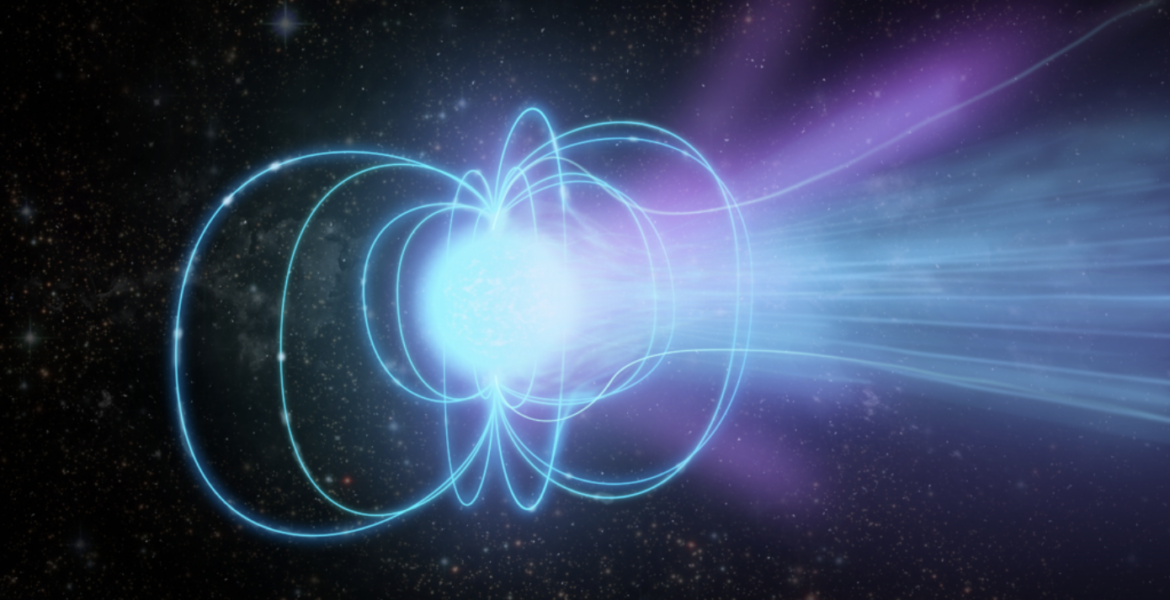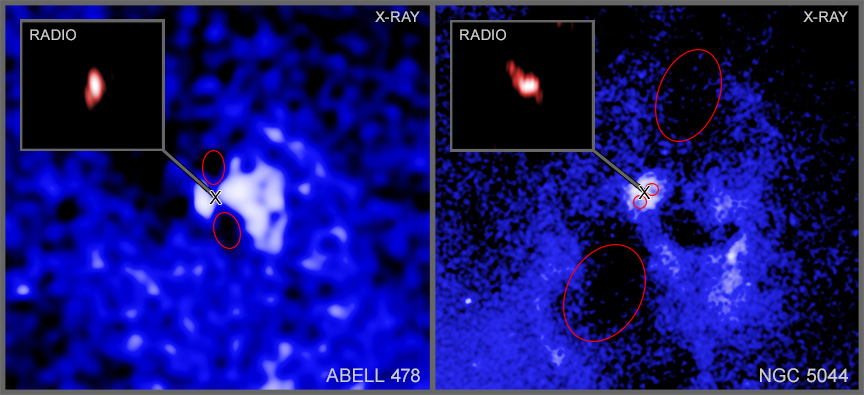The U.S. National Science Foundation National Radio Astronomy Observatory (NSF NRAO) is supporting Intuitive Machines’ second lunar mission, IM-2, which landed on the surface of the Moon, Thursday, March 6th.


Mar 10, 2025
The U.S. National Science Foundation National Radio Astronomy Observatory (NSF NRAO) is supporting Intuitive Machines’ second lunar mission, IM-2, which landed on the surface of the Moon, Thursday, March 6th.

Jan 16, 2025
International teams of astronomers monitoring a supermassive black hole in the heart of a distant galaxy have detected features never seen before using data from NASA missions and other facilities including the National Science Foundation (NSF) National Radio Astronomy Observatory (NSF NRAO) Very Long Baseline Array (VLBA). The features include the launch of a plasma jet moving at nearly one-third the speed of light and unusual, rapid X-ray fluctuations likely arising from near the very edge of the black hole.

Aug 6, 2024
An international team of astronomers have used a powerful array of radio telescopes to discover new insights about a magnetar that’s only a few hundred years old. By capturing precise measurements of the magnetar’s position and velocity, new clues emerge regarding its developmental path.

May 22, 2024
Huge black holes are firing powerful beams of particles into space — and then changing their aim to fire at new targets. This discovery was made using NASA’s Chandra X-ray Observatory and the U.S. National Science Foundation (NSF) National Radio Astronomy Observatory’s (NRAO) Very Long Baseline Array (VLBA).